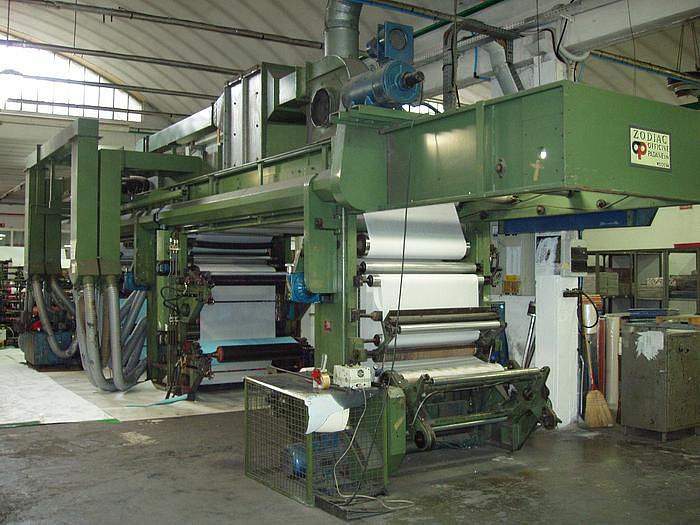Welcome to our latest blog post where we dive into the fascinating history of flexographic printing. Flexographic printing, also known as flexo printing, is a popular printing method that has been around for over a century. Let's take a closer look at how this versatile printing process has evolved over the years.
The origins of flexographic printing can be traced back to the early 20th century when it was first developed as a way to print on packaging materials such as paper and cardboard. The process involves using flexible rubber or polymer plates to transfer ink onto a substrate, making it ideal for printing on a wide range of materials.
One of the key milestones in the history of flexographic printing was the development of the anilox roller in the 1930s. This innovation allowed for more precise control of ink transfer, resulting in higher quality prints with greater consistency. As technology continued to advance, flexographic printing became increasingly popular for its speed, efficiency, and ability to produce vibrant colors.
In the 1960s, the introduction of photopolymer plates revolutionized the flexographic printing industry. These plates were more durable and easier to work with than traditional rubber plates, making them a game-changer for printers looking to improve their efficiency and quality. The introduction of computer-to-plate technology in the 1990s further streamlined the printing process, allowing for even greater precision and consistency.
Today, flexographic printing is used in a wide range of industries, from packaging and labels to newspapers and corrugated cardboard. Its versatility and cost-effectiveness make it a popular choice for businesses looking to produce high-quality prints in large quantities.
In conclusion, the history of flexographic printing is a testament to the ingenuity and innovation of the printing industry. From its humble beginnings to its current status as a leading printing method, flexographic printing continues to evolve and adapt to meet the needs of modern businesses. We hope you enjoyed this brief overview of the history of flexographic printing and gained a greater appreciation for this versatile printing process. Stay tuned for more insights and updates on the world of printing technology.

